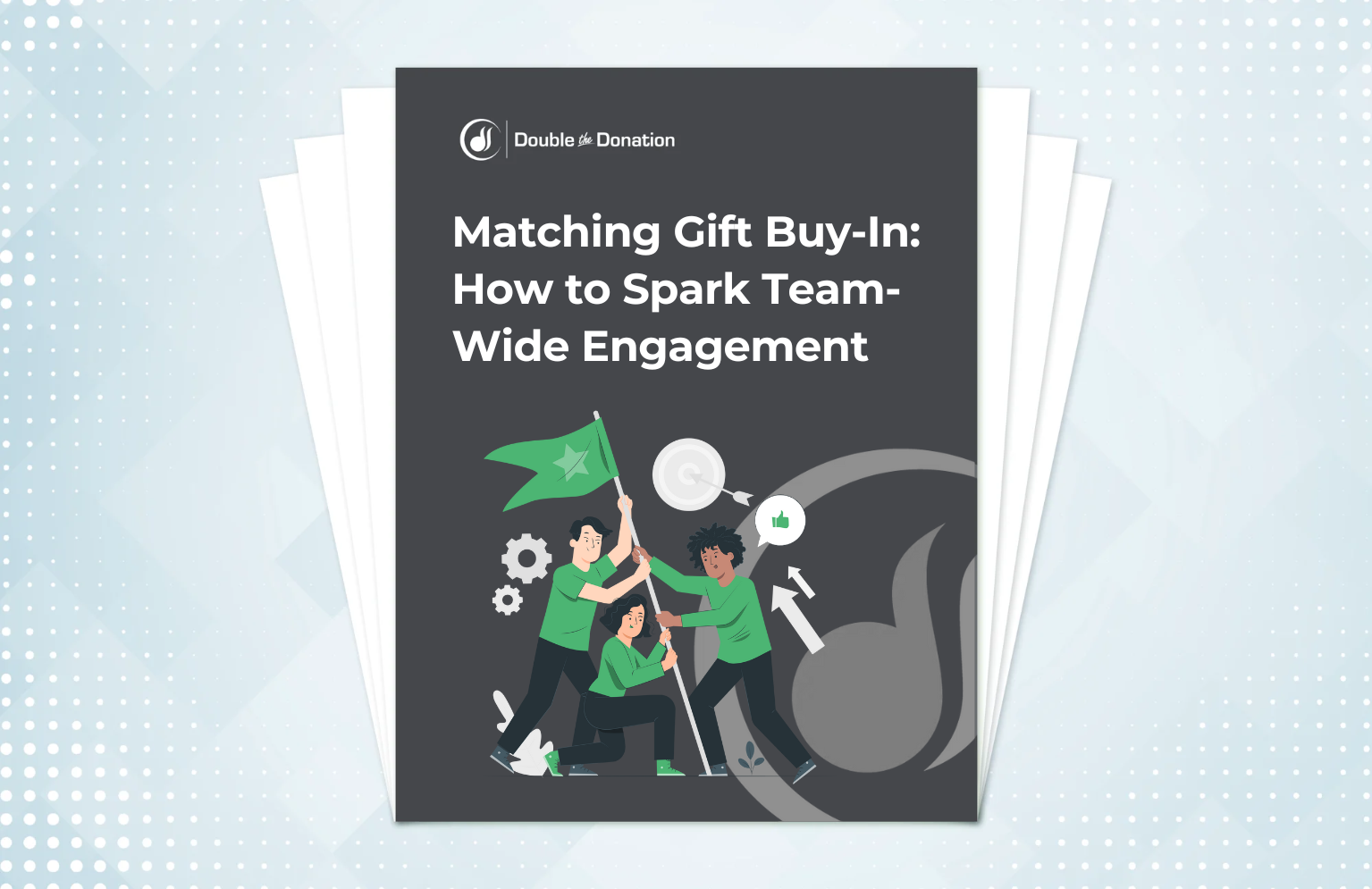 https://doublethedonation.com/wp-content/uploads/2024/12/Matching-Gift-Buy-In-How-to-Spark-Team-Wide-Engagement_Download.png
995
1535
Adam Weinger
https://doublethedonation.com/wp-content/uploads/2025/11/DTD-horizontal-logo-300x63.png
Adam Weinger2024-12-10 19:10:142024-12-11 16:51:47[Free Download] Securing Matching Gift Buy-In
https://doublethedonation.com/wp-content/uploads/2024/12/Matching-Gift-Buy-In-How-to-Spark-Team-Wide-Engagement_Download.png
995
1535
Adam Weinger
https://doublethedonation.com/wp-content/uploads/2025/11/DTD-horizontal-logo-300x63.png
Adam Weinger2024-12-10 19:10:142024-12-11 16:51:47[Free Download] Securing Matching Gift Buy-In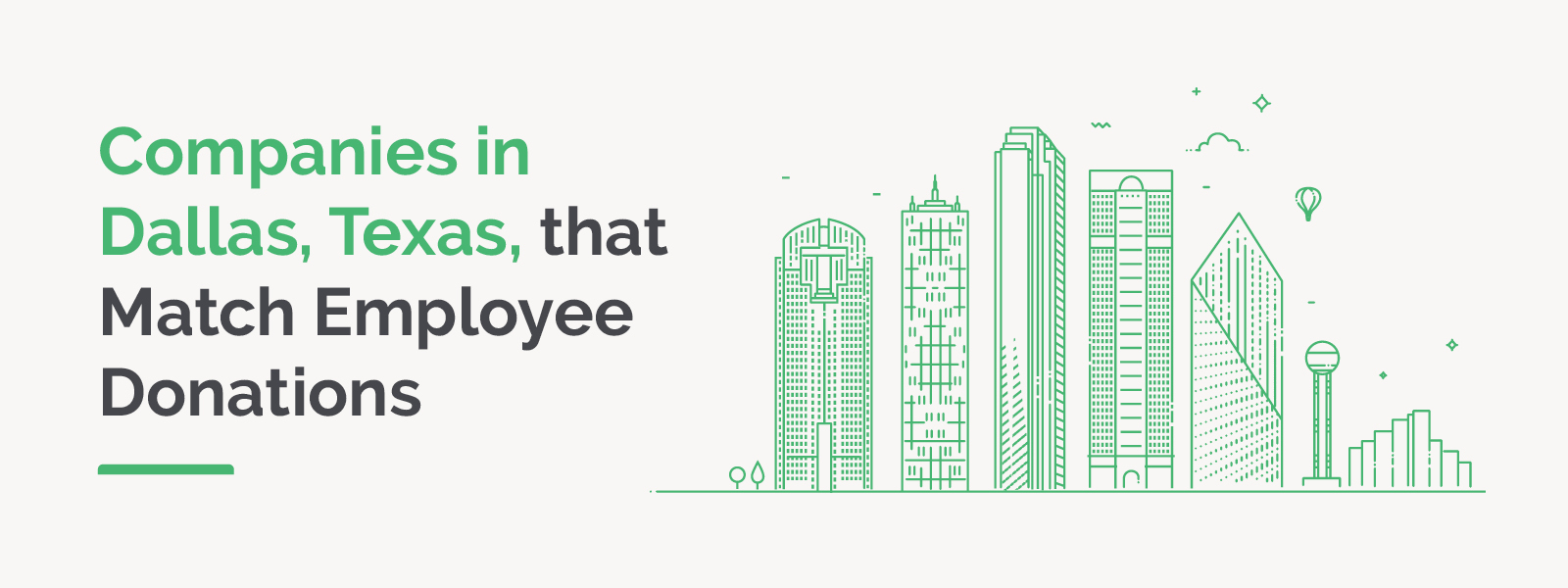
Companies in Dallas, Texas, that Match Employee Donations
Double the Donation partners with nonprofits to help them increase…

Matching Gift Content Calendar: Marketing Through the Year
Incorporating matching gifts into your nonprofit’s marketing…
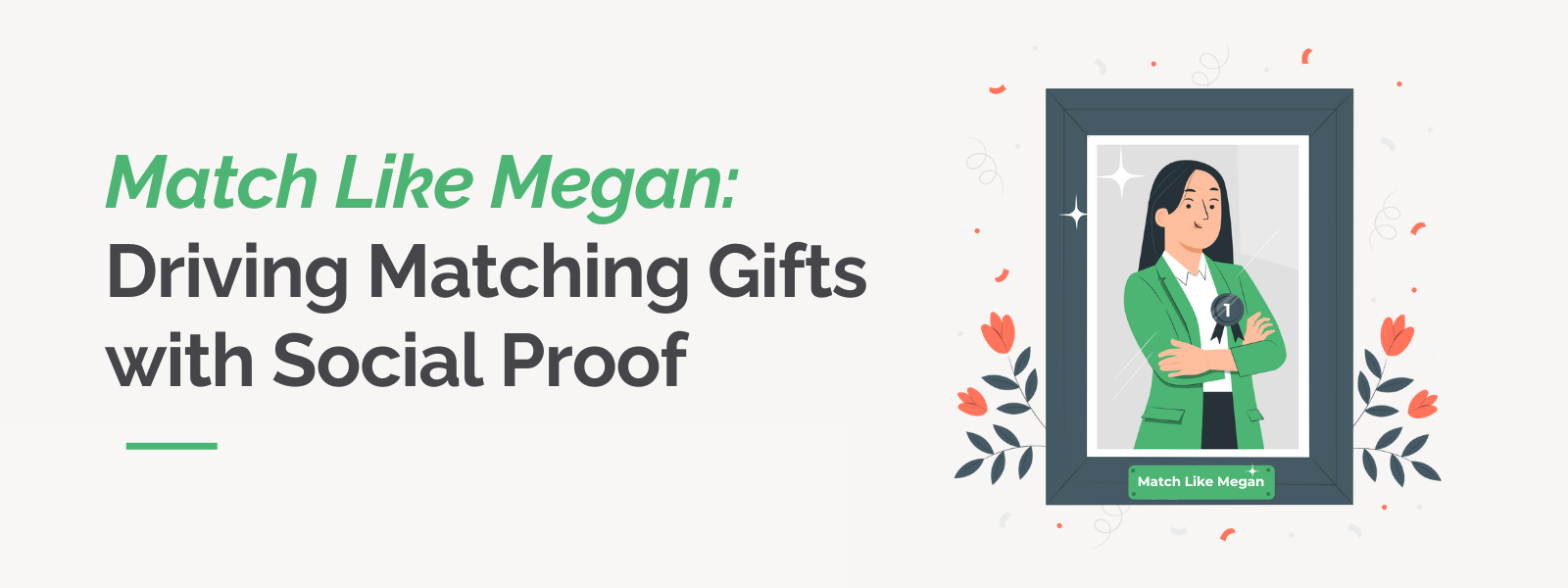
Match Like Megan: Driving Matching Gifts with Social Proof
In the world of fundraising, one of the most effective yet underutilized…
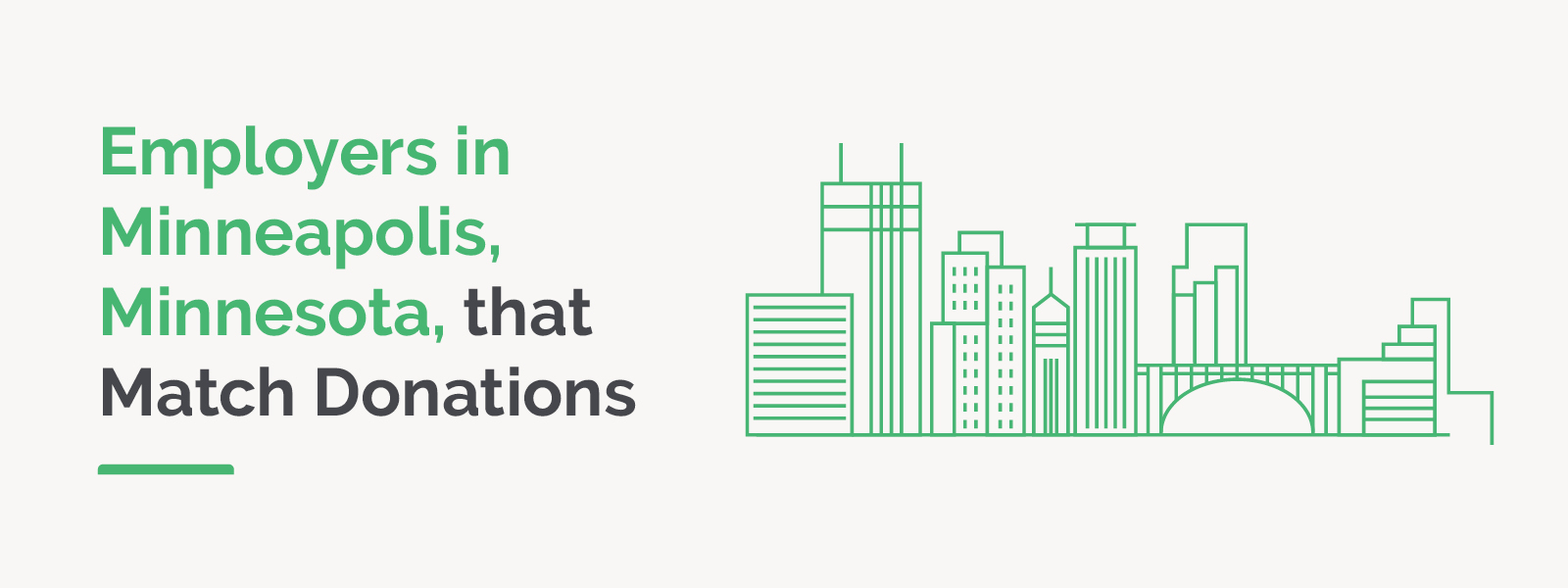
Employers in Minneapolis, Minnesota, that Match Donations
Double the Donation has received several requests asking about…
 https://doublethedonation.com/wp-content/uploads/2024/11/DTD_Marketing-Template_Download.png
1296
2000
Adam Weinger
https://doublethedonation.com/wp-content/uploads/2025/11/DTD-horizontal-logo-300x63.png
Adam Weinger2024-11-19 19:00:222025-10-06 16:24:27[Free Download] Matching Gift Marketing Plan: Template
https://doublethedonation.com/wp-content/uploads/2024/11/DTD_Marketing-Template_Download.png
1296
2000
Adam Weinger
https://doublethedonation.com/wp-content/uploads/2025/11/DTD-horizontal-logo-300x63.png
Adam Weinger2024-11-19 19:00:222025-10-06 16:24:27[Free Download] Matching Gift Marketing Plan: Template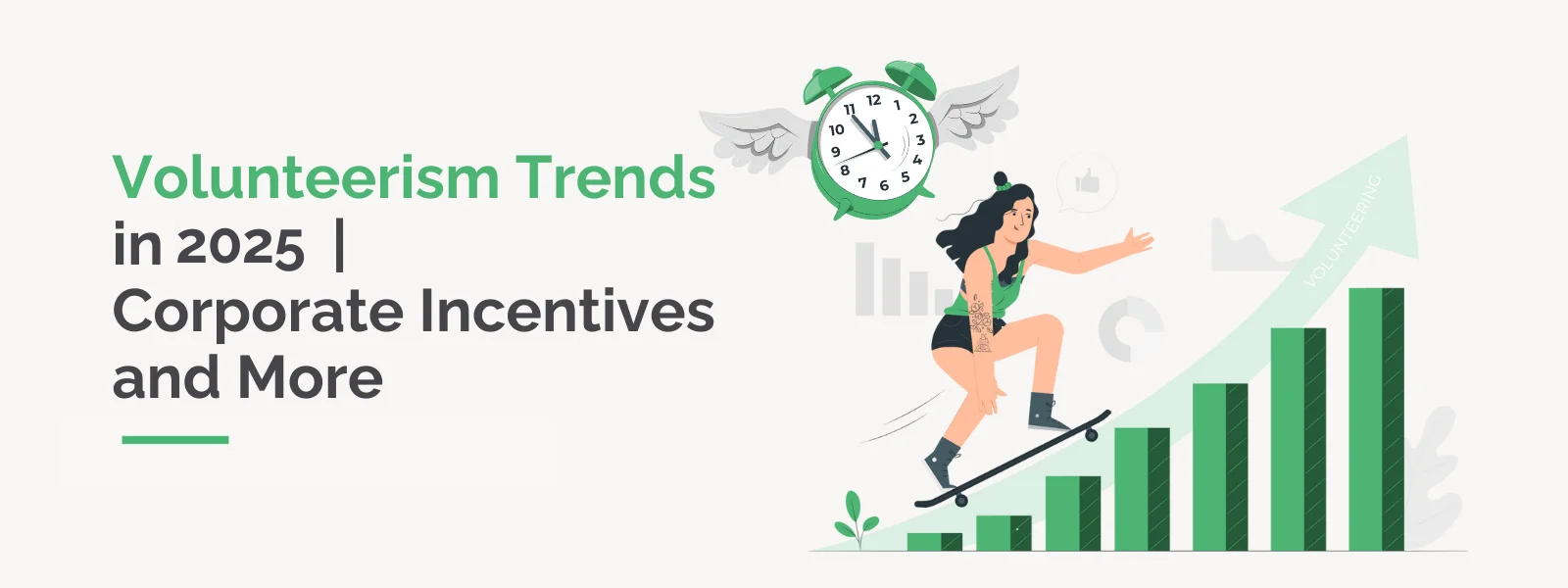
Volunteerism Trends in 2025 | Corporate Incentives and More
Did you know that the value of a single volunteer hour (according…
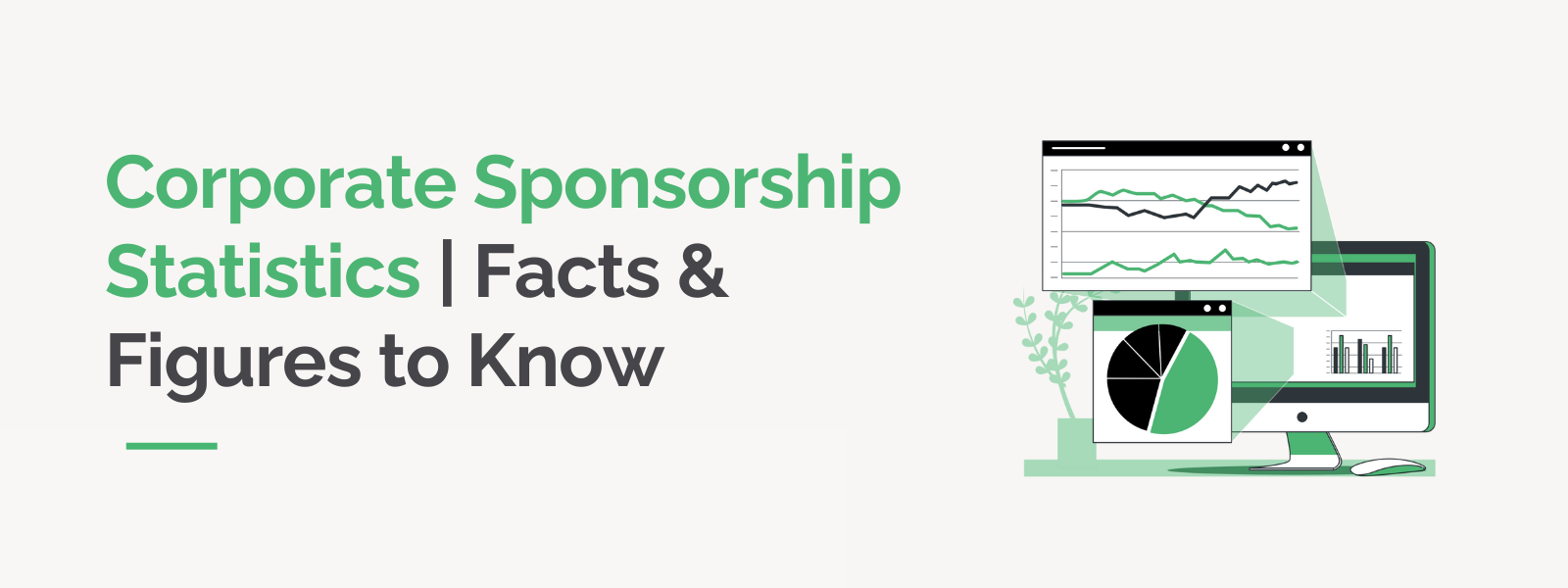 https://doublethedonation.com/wp-content/uploads/2024/11/DTD_Corporate-Sponsorship-Statistics-Facts-Figures-to-Know_Feature.png
600
1600
Kyra Engle
https://doublethedonation.com/wp-content/uploads/2025/11/DTD-horizontal-logo-300x63.png
Kyra Engle2024-11-18 18:19:242025-12-04 14:40:45Corporate Sponsorship Statistics | Facts & Figures to Know
https://doublethedonation.com/wp-content/uploads/2024/11/DTD_Corporate-Sponsorship-Statistics-Facts-Figures-to-Know_Feature.png
600
1600
Kyra Engle
https://doublethedonation.com/wp-content/uploads/2025/11/DTD-horizontal-logo-300x63.png
Kyra Engle2024-11-18 18:19:242025-12-04 14:40:45Corporate Sponsorship Statistics | Facts & Figures to Know![How to Track Corporate Sponsorships [A Nonprofit's Guide]](https://doublethedonation.com/wp-content/uploads/2024/11/DTD_How-to-Track-Corporate-Sponsorships-A-Nonprofits-Guide_Feature.png)
How to Track Corporate Sponsorships [A Nonprofit’s Guide]
Corporate sponsorships play a vital role in helping nonprofits…
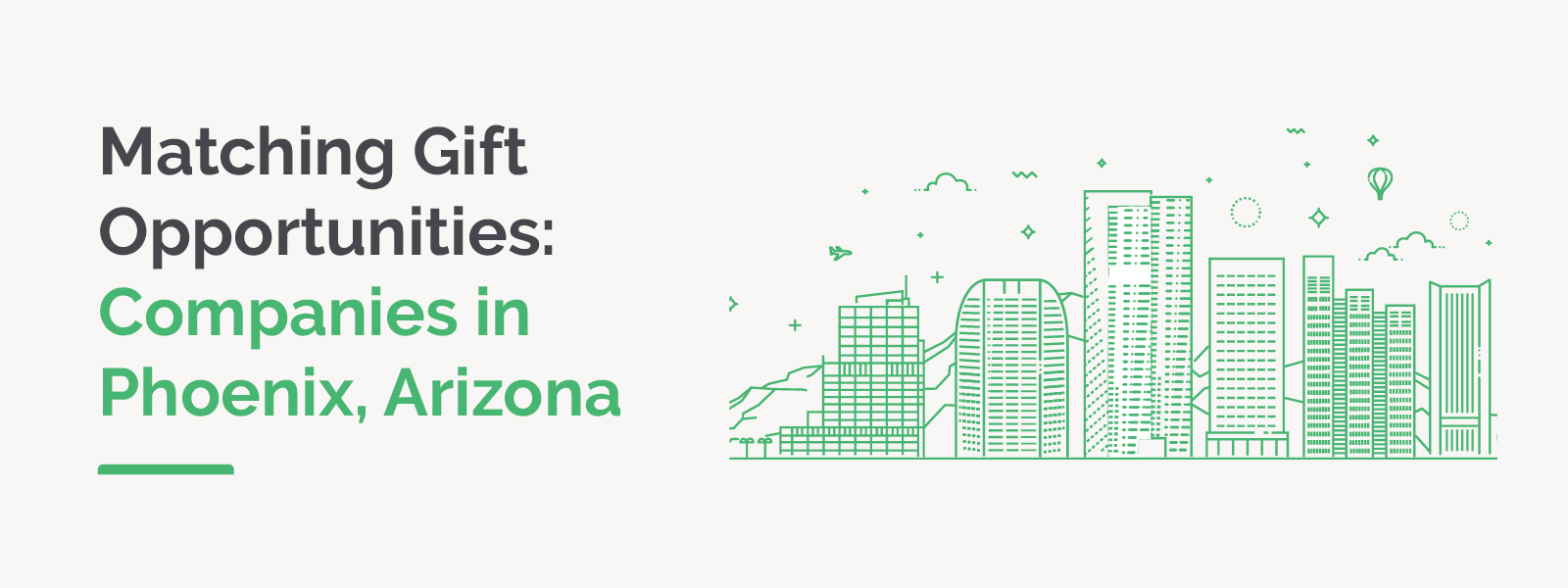
Matching Gift Opportunities: Companies in Phoenix, Arizona
Through corporate matching gift programs, employers pledge to…

